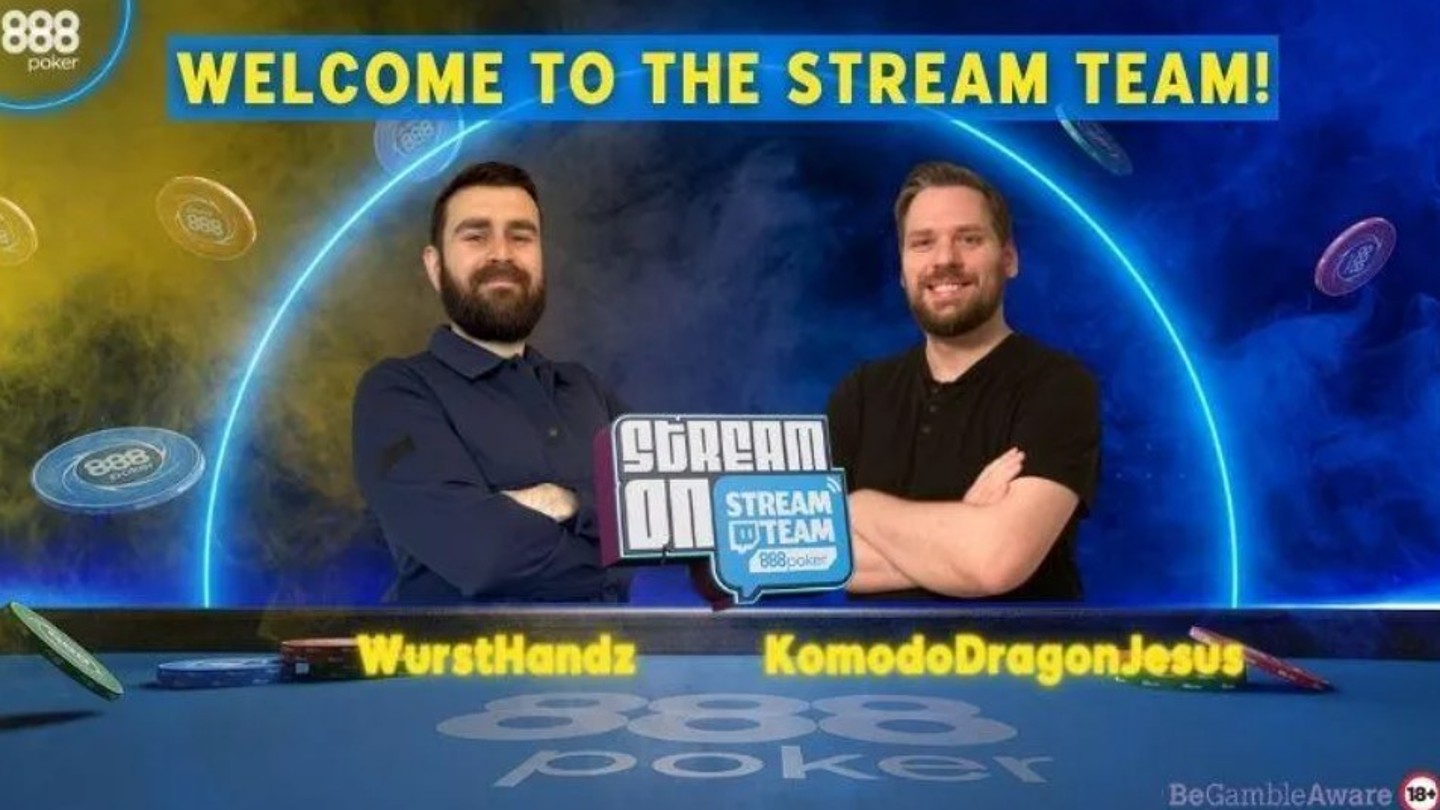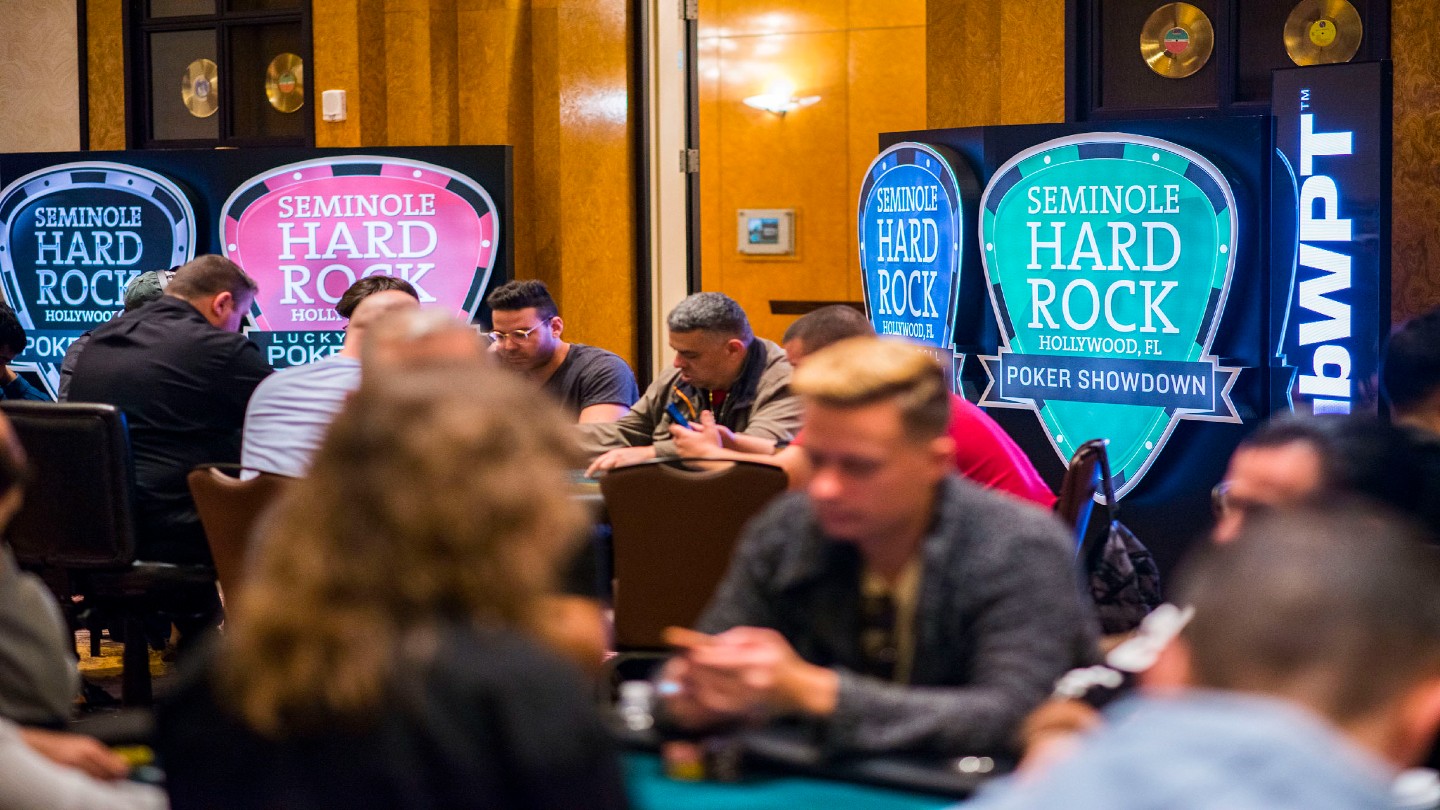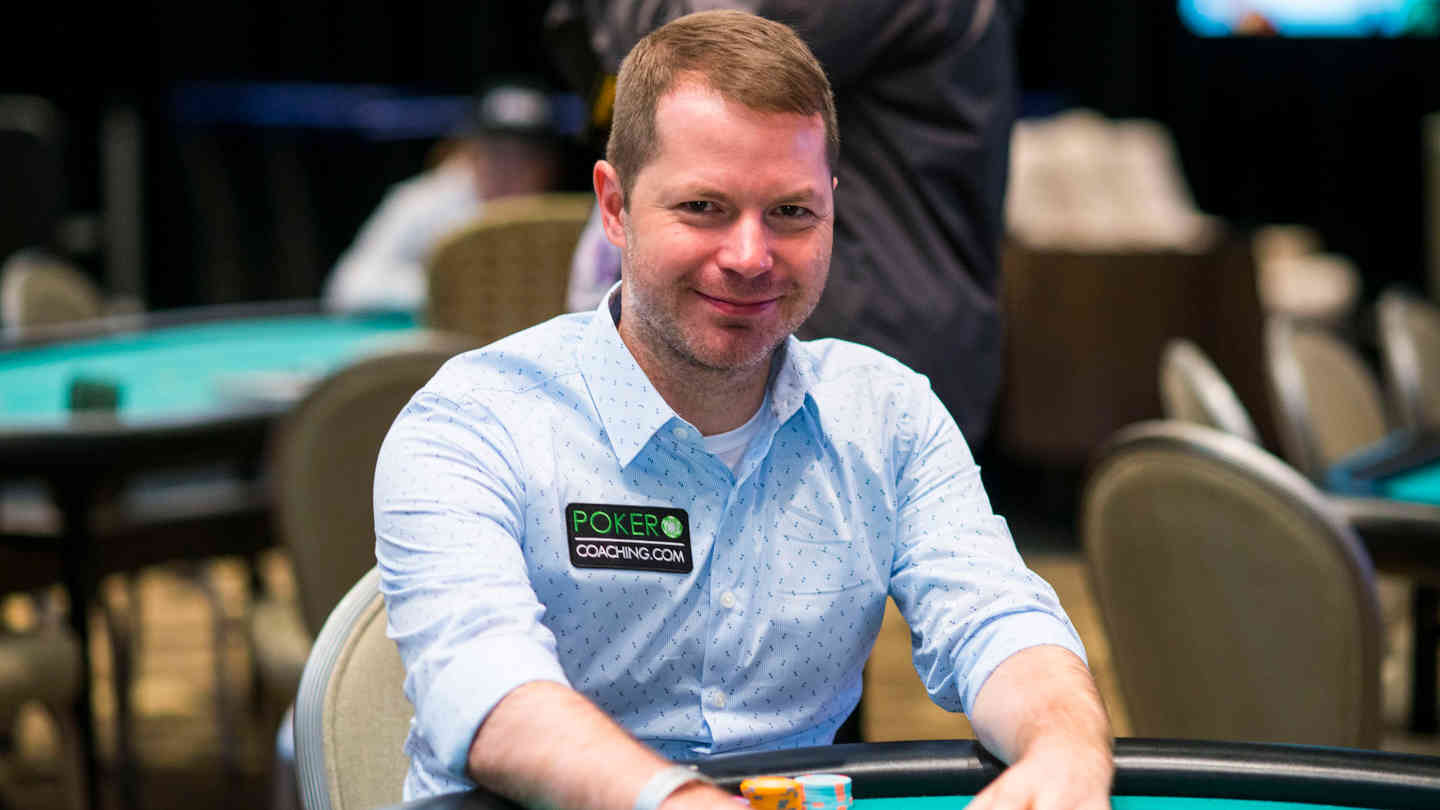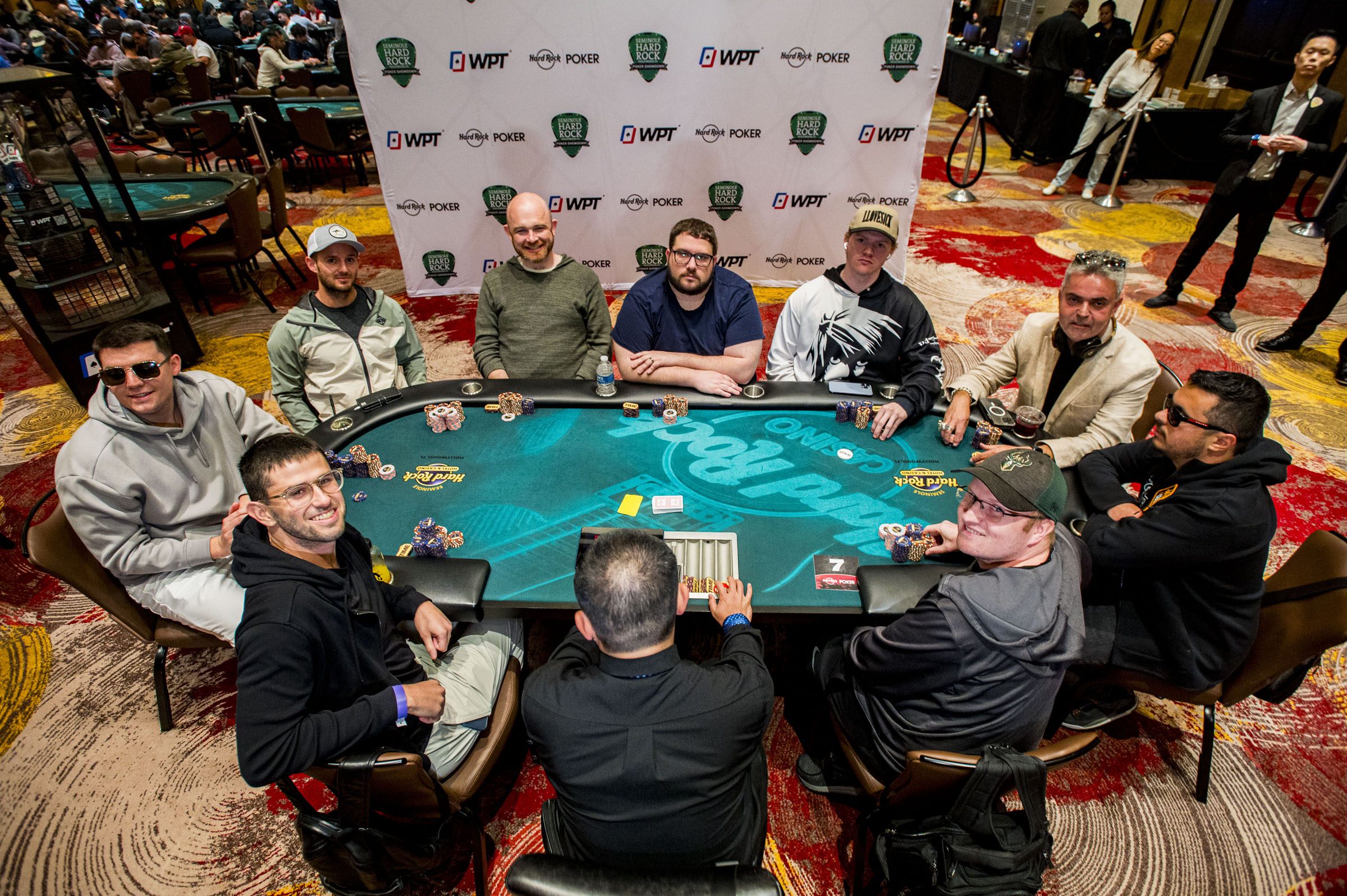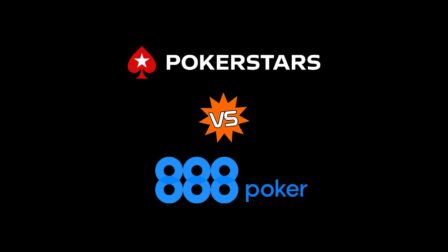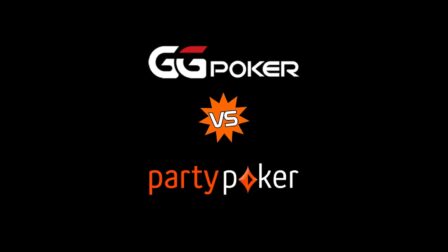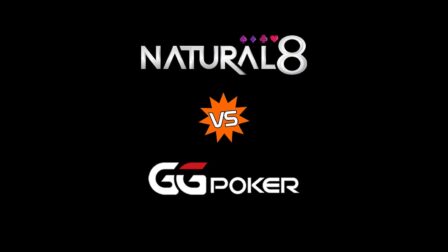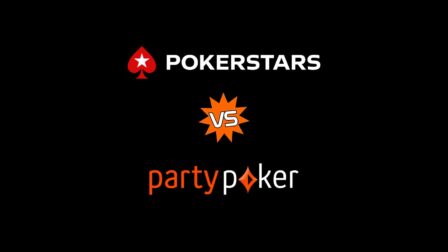Pokercode Review – Fedor Holz Poker Strategy At Your Fingertips
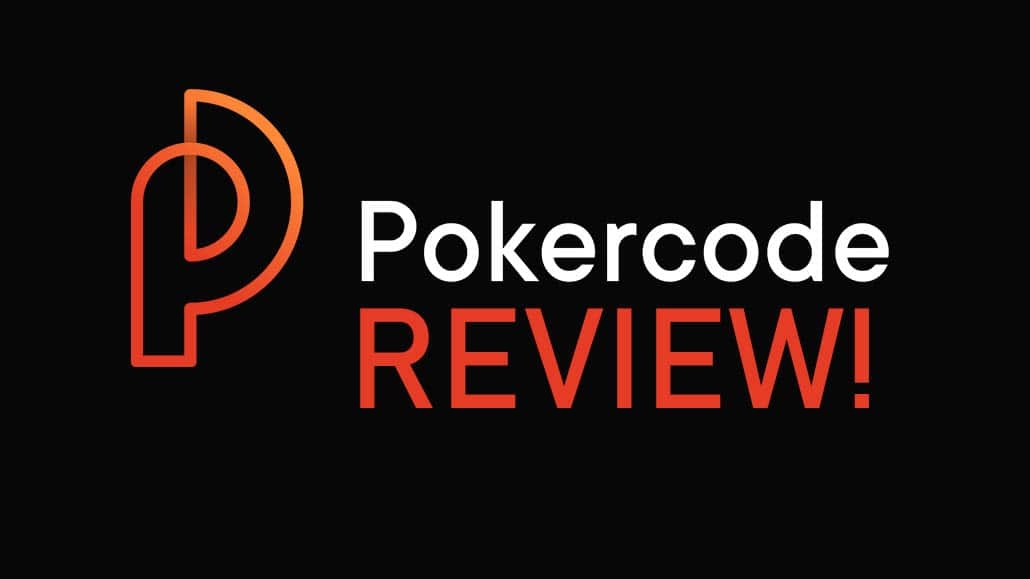
28 minutes
Last Updated: March 4, 2024
In this day and age, there are a plethora of viable options you can use to get better at poker, but not all of it is worth your attention. While finding the best training program is not an easy task, we dedicated this site to help you on your journey, so hopefully, you will find what you are looking for.
Today, I will share with you an in-depth Pokercode review where you can see Fedor Holz's poker strategy revealed by the man himself, so make sure to check his training platform.
He's been crushing tournaments for years, so having a chance to learn from one of the best players in the world is very exciting.
The Pokercode program has been revamped since we've done our initial review. In addition to Fedor's MTT extensive course, there is now also a full-scale coaching program for cash game players taught by Steffen Sontheimer, and you'll find all the details inside this extensive Pokercode review.
Navigation
Pokercode structure and innovative approach
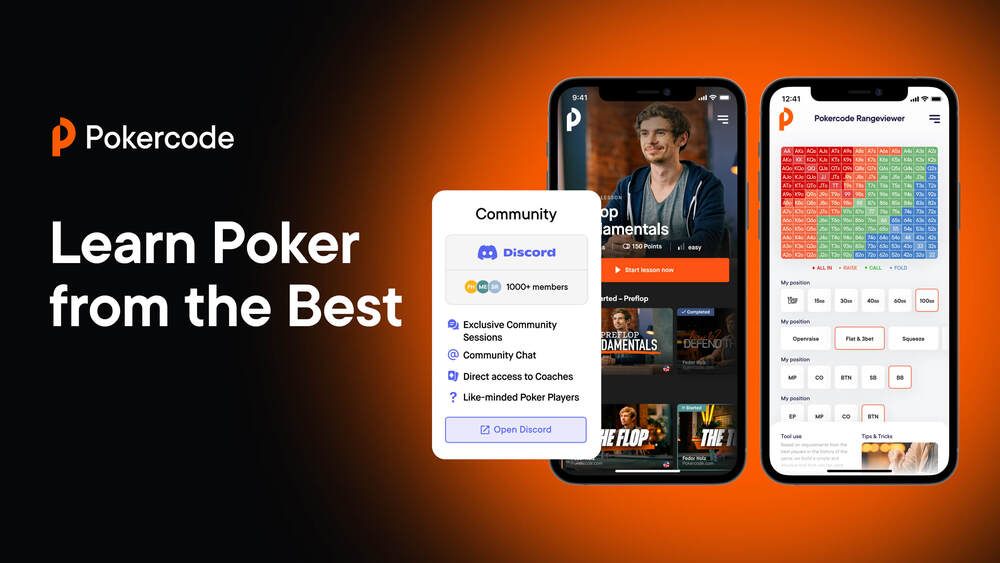
One of the biggest hurdles most players have with poker coaching is the fact you have to pay money to get access. Even though they know they’ll be getting access to the knowledge of some of the best in the game, people are hesitant to pay money for the proverbial “cat in a bag.”
Fedor and the team behind Pokercode have found a great way to address these concerns by offering everyone access to a completely free membership.
The free option may not be as comprehensive as the paid one, but it will give you access to the following:
- Access to one of Steffan’s and Fedor’s best videos
- Access to free public coaching
- Free Discord group
The ability to join free coaching sessions held by Fedor and other coaches is certainly a pretty big deal for a completely free membership. This alone can help you significantly improve your game. More importantly, it will give you a good taste of what to expect as a full member.
When you decide to sign up, the good news is that Pokercode keeps things simple and straightforward. There is just one membership type that will give you access to all the content on the platform, including:
- All training videos, including Fedor’s full MTT course and Steffen’s Cash Game Area.
- Access to all new videos (new materials are regularly added to the platform).
- Monthly live coaching sessions (8+).
- Full access to the very engaged Discord community where you can communicate with the coaches and other members around the clock.
- Study ranges with the Rangeviewer, one of the best learning tools around.
While there is just one membership type, you can choose from three different options: monthly, quarterly, and yearly. The yearly membership is the best value for money, but if the free package doesn’t fully convince you, you can always start with one month and decide from there.
Personalized & Involved Learning Experience
The Pokercode platform manages to stand out from other similar poker training programs by making the user journey personalized and involved from the get-go.
You can sign up for the free account in a few simple steps – you can even connect Pokercode to your Google account to keep things very simple.
Once you log in, you’re greeted by a short video from Fedor himself, welcoming you to the platform, which is definitely a nice touch.
The next step takes you to the form where you’ll need to answer a few simple questions about your poker career, goals, and expectations.
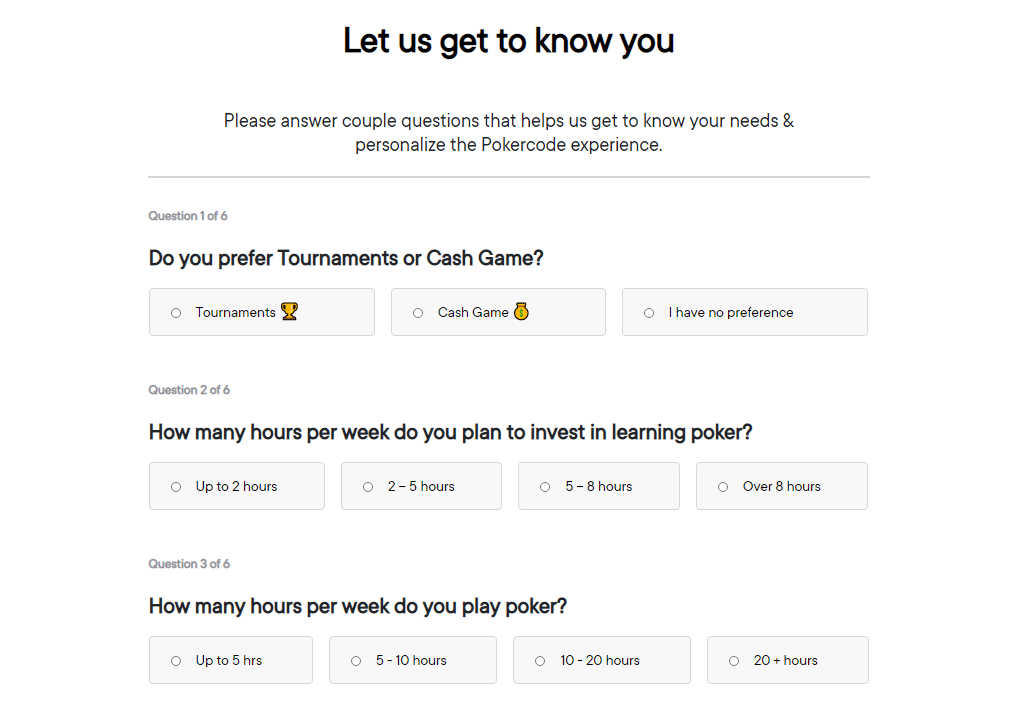
This helps get you started on the right path from the get-go, as you’ll define your preferences (cash games vs. tournaments, live vs. online), how much time you can devote to playing and studying, etc.
Once you complete the short survey, you’ll be immediately given a chance to connect your account with the Pokercode Discord group and I suggest you take advantage of this opportunity.
The server is very much alive and this will give you ample opportunities to get the best value for your money when you upgrade to the full membership.
If you skip this step initially, don’t worry, as you can also join at the later date.
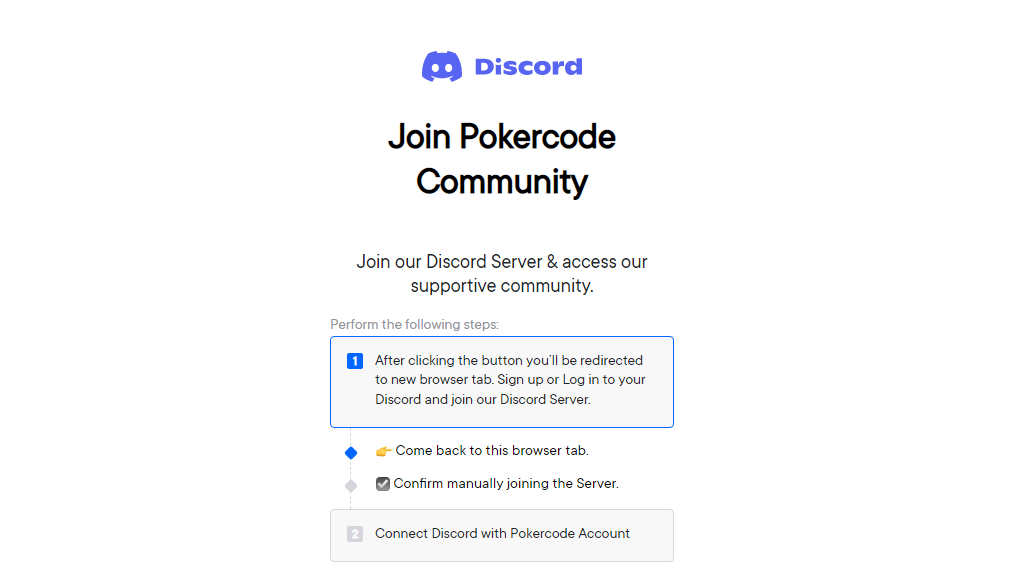
As a free member, you’ll get access to a limited number of videos and free coaching sessions. However, as soon as you upgrade, you’ll receive all the perks listed earlier.
All in all, Pokercode offers a highly personalized user experience that sets it apart from many similar programs, while featuring some of the best and brightest minds in the poker world, such as Fedor Holz, Steffen Sontheimer, Matthias Einbinger, Simon Rønnow, and more.
Pokercode Platform and the Rangeviewer
It’s very clear that the user experience has been a major concern for the team behind Pokercode. The entire platform has a very clean and friendly design, more similar to streaming platforms such as Netflix than a poker training site.
It’s very easy to browse through the lessons, your progress is saved, and you can even manually save certain videos that you find particularly interesting and want to watch again.
The Rangeviewer is an extremely useful tool that you’ll get access to once you become a full member on top of the video lessons and coaching sessions.
This is a very simple yet powerful tool that lets you build your entire range for different stack depths (between 30 and 100 big blinds).
The tool will give you the perfect GTO ranges for all scenarios like:
- Open raising
- Flat calling and 3-betting
- Playing against 3-bets, etc.
You can choose from different stack depths and different table positions so everything is very customizable.
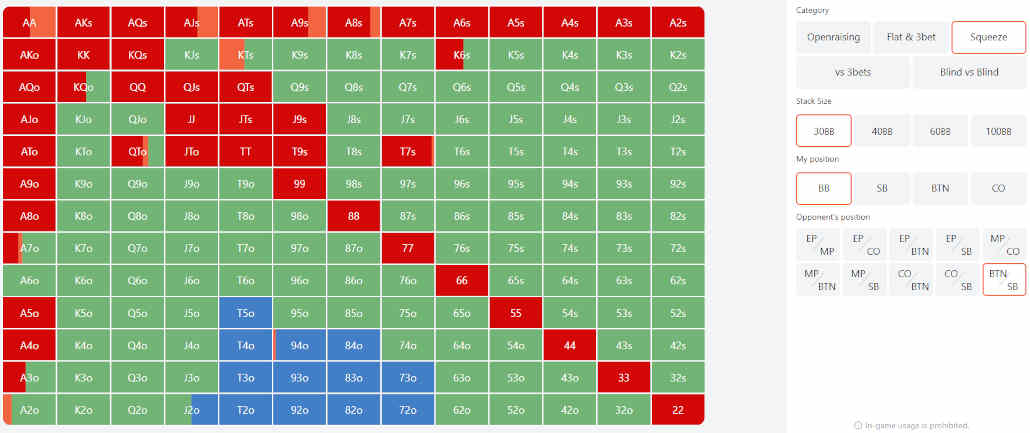
The best part is that the graph is very intuitive and easy to use. You don’t need any advanced poker knowledge to take full advantage of it. You can play with different ranges and try to memorize them as best as you can.
Fedor Holz Pokercode MTT Masterclass

This course is split into several major areas, namely:
- Fedor Holz preflop poker strategy
- Flop play and adjustments
- “Start Crushing” section
Videos in the Pokercode course are further broken down by relevant topics so you can easily find what you’re looking for even if you’re not going through the course in order.
It is worth mentioning that Fedor has partnered up with Matthias Eibinger, another high-stakes tournament crusher, to add even more quality to this course.
The knowledge these two have between them should be more than enough to drastically change your tournament game for the better.
At the end of every single lesson, there is also a short quiz. Answering a few questions, you’ll get to check what you learned from the video and see if there is anything you got wrong.
These quizzes are very handy as you’ll quickly find out if you didn’t quite understand something that was covered in the lesson.
Getting Started with MTT Masterclass by Fedor Holz
In the first few videos, Holz explains the holistic approach he took when creating the course, combining the power of modern technology with his life experience.
He also talks about what it is that separates the best from the rest. Coming from someone who’s definitely made it in poker, this is well worth watching, especially if you’ve lacked motivation lately.
Fedor also spends some time covering what it’s like playing poker for a living. Although this isn’t necessarily a part of technical learning, these tips and insights are quite helpful.
Regardless of how good you are in technical terms, the mental side of poker and your approach to the game are equally as important.
Finally, to become a better player, it’s not enough to just play. Learning is crucial to your success.
It is about constantly improving, fixing your mistakes, and adjusting. Poker is an ever-changing game, so you can’t afford to be stuck in a rut for too long.
I like the fact that Fedor Holz took some time to make this intro for his Pokercode training course. Most programs jump straight to the point without an introduction such as this, and it makes it harder to follow the content.
For someone just starting or struggling to find motivation, these videos can offer some good answers and ideas to get (back) on the track.
Pokercode MTT Masterclass Review: Preflop Play
Following the short intro, the course proceeds to the first theoretical part, which is the preflop play. This section covers several large areas, namely:
- Preflop fundamentals
- How to Defend the Blinds
- Playing in Position
- Facing 3-bets
Within every section, you’ll find several videos addressing smaller subtopics of the particular category. What I like is the fact that individual videos aren’t too long, which makes it easier to follow. So, Holz tries to get into the crux of the issue at hand as fast as possible.
As you all know, every hand starts with preflop. Thus, building a solid strategy in this particular segment is very important. Fedor Holz shares his strategy and begins by explaining very fundamentals of the preflop game and gradually proceeds to cover more advanced concepts. On top of that, after each lesson, you will be able to take a quiz to asses how good you understand the content.
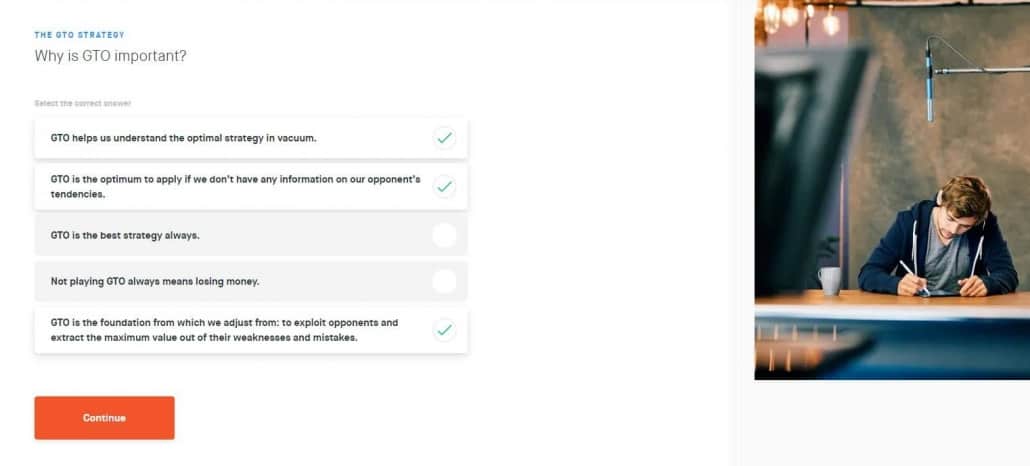
This approach makes the Poker Code course a good fit for those new to poker and more advanced players alike.
I won’t go into too much detail about what every video in this segment covers, but I will try to give you a quick overview of it so that you know what to expect.
Preflop Fundamentals
In the Preflop Fundamentals section, Fedor Holz first goes through some basic concepts that are crucial to developing a strategy for later streets. Things such as pot odds, stack depths, and how these correlate to our hand selection are discussed in detail.
From these fundamentals, the course moves to more advanced concepts, such as the general playability of hands.
Splitting hands into several different categories, Holz explains how to approach your hand selection based on these categories while paying attention to everything that’s been discussed in the previous video.
The Pokercode course also breaks down the GTO strategy but in very simple and understandable terms. For those wondering what the GTO stands for and how it should be implemented in real games, Fedor Holz offers a pretty good explanation.
He also explains that knowing GTO is important for the sake of better understanding the game even if no one can play the perfect game at this point.
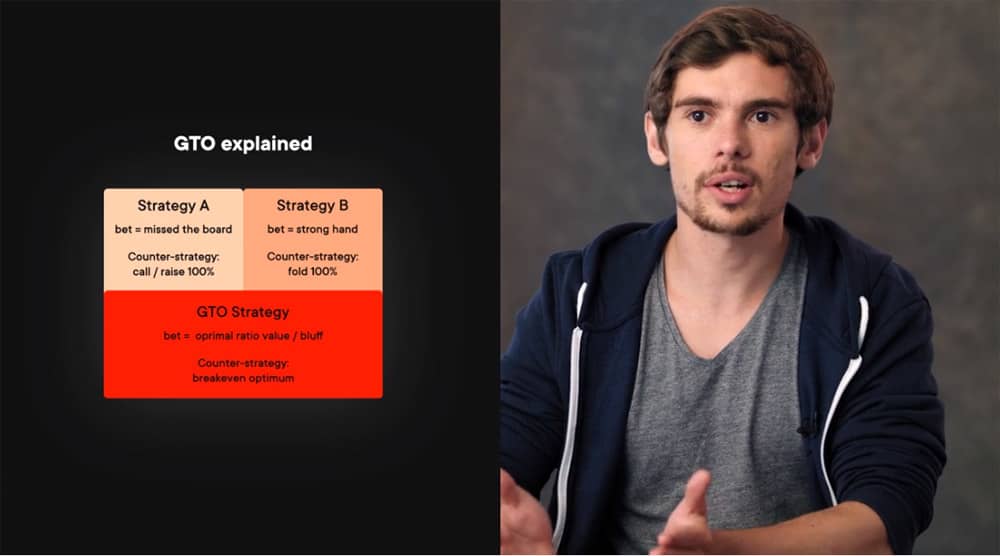
The rest of the videos in this section covers the open raise strategy and blind vs. blind play. So, it’s a nice round-up of this introductory preflop part, making sure every important topic is touched. In the later videos, some of these things are discussed in much more detail.
What I like about Pokercode is the fact that Fedor constantly reminds you that it is important to stay flexible at all times. Instead of advocating the one-fit-all approach, he suggests hot to adjust your play based on the opponents and the situation at hand.
How to Defend the Blinds
If you aren’t completely new to poker, it’s no secret that playing out of the blinds is one of the toughest things you have to deal with. So, in this section, the Pokercode course takes you to the next step and talks about how to play from the small and big blind positions efficiently.
Of course, it’s impossible to win from the blinds, but the goal is to lose as little money as possible in these unfavorable positions. Fedor Holz breaks down the topic according to stack sizes to show optimal strategies for the deep stack, medium stack, and short stack play.
Videos in this section cover the kind of topics you’d expect to find, such as:
- What hands to call in various situations?
- When to 3-bet & why (bluffs & value)?
- What comes into play when selecting hands?
Now, as I mentioned, most of the videos are quite short and straight to the point. Those that are discussing the blind play last about 10 minutes each (BB, SB, and squeezing & overcalling) and Fedor manages to explain the topic at hand very well.
He doesn’t try to discuss dozens of different hand combos, which would not make any sense. Instead, he tries to explain general concepts for different types of hands and does a pretty good job at it.
Why would you rather call with a hand such as 92s than A2o when deep-stacked? What is it that we’re looking for in these situations?
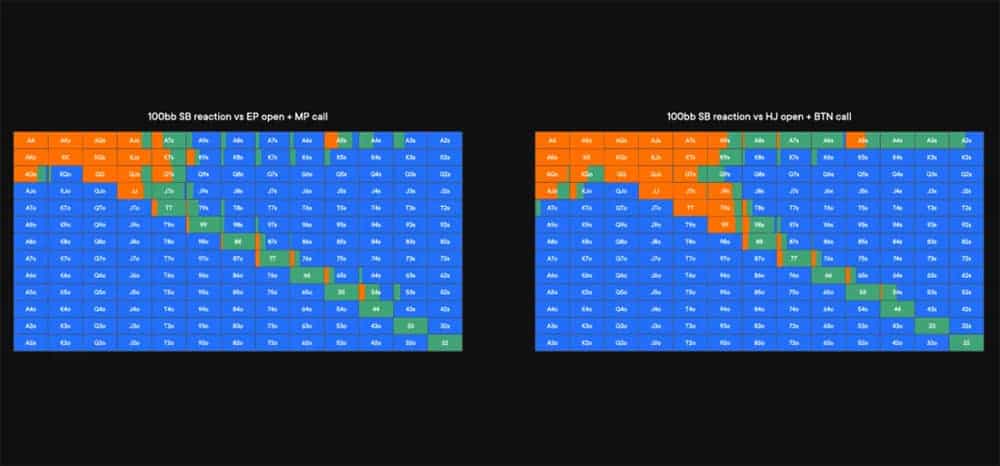
Clearly, what Fedor Holz is trying to do with his Pokercode training platform is to get you thinking about poker. While it is not the easiest way, it can help you become a proper thinking player instead of trying to memorize hundreds of charts.
Playing in Position
From the blind play, the course moves onto the play in position. This particular section is quite short, with few videos covering deep and short stack play and squeezing and overcalling.
In these Pokercode videos, Fedor Holz explains how to build calling and 3-betting ranges based on the original raiser position, your position, and the stack depth.
He also emphasizes the importance of having a mixed frequency so that you have good coverage and make it harder for your opponents to play against you.
On top of that, he covers adjustments against weaker opponents, which is a nice touch. It feels like this is a topic that’s often overlooked in some coaching programs these days.
Not everyone at your tables is going to play the perfect game all the time (not even close). So, you want to adjust accordingly against weaker players, especially when in position.
Facing 3-Bets
The final topic in the preflop section deals with 3-bets, more specifically, how to react when facing a 3-bet in and out of position. It also contains the video called “Fedor’s Adjustments” (which is found in some other categories as well).
Holz begins by defining three main factors to consider when facing a 3-bet:
- Your hand equity vs. opponent’s 3-betting range
- The 3-bet size
- Realization of your equity
These three factors are key to properly building your ranges in these spots. Whether you’re in or out of position plays a big role in how these concepts apply.
So, Pokercode goes on to explain how you should adjust based on your position in relation to the 3-bettor and the rest of the factors. For example, are they going with a smaller sizing, how likely you are to realize your equity, etc.
Once again, lessons are quite short and to the point. You’ll see a graphic representation of the ranges and hear the reasoning behind them. But, you won’t have to listen to an hour-worth of explanation for every hand combo, which I really like.
Fedor Holz MTT Masterclass Review: Postfop Play
After covering all the important areas of preflop play, the Pokercode course moves on to the postflop.
It is a more difficult part of the game in pretty much every regard, so videos found in this section are somewhat longer. This Pokercode section is divided into six main categories:
- The Flop
- The Turn
- The River
- 3-bet Pots
- Blind vs. Blind
- Multiway
Just from the list of topics alone, it is clear Fedor Holz breaks down poker strategy in all vital segments.
In this section, things get a bit more intense, as there is a lot to address and understand. So, you should give yourself enough time to watch these videos with the attention they deserve.
The Flop
To start with, Holz emphasizes the importance of thinking in ranges instead of focusing on just the two cards in front of you.
Your position and the stack depth define your range, and also your opponent’s. Once you figure that out, you can start thinking about equities, i.e., your mathematical share of the pot in a given situation.
Fedor goes through different board textures and how they stack up against different ranges. If you’re looking to learn how to think about the game in the right way, these considerations are very important.
Understanding how to perceive different boards based on the type or range you (should) have plays a huge role in your decision-making process.
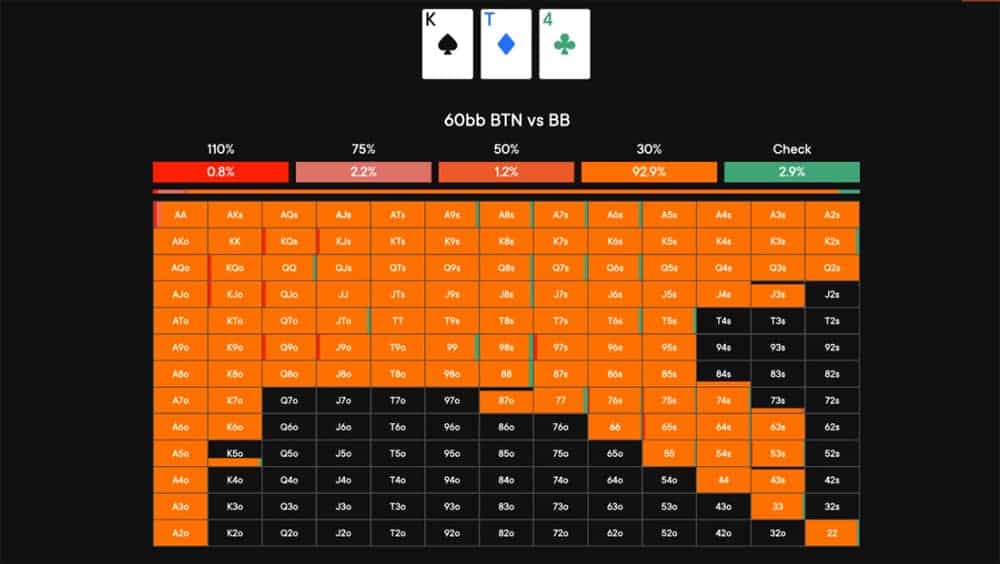
One very interesting concept introduced in this section of the Pokercode course is the “nut ratio.” Simply put, it is the percentage of nutted hands that you or your opponent are likely to have.
This idea of nut ratio can come into play in all types of situations but is most useful in big pots, whether when pulling a big bluff or considering calling a huge bet.
The flop play section covers areas such as playing as the aggressor both in and out of position, facing a continuation bet when defending from the big blind, and playing as a caller in position. Once again, these videos cover all the important aspects of the particular segment, i.e., the flop play.
The Turn
The turn section is also broken into several areas, namely:
- Turn c-bet
- Turn probes
- Delayed c-bet
Like in the rest of the modules, Fedor Holz is not focusing on one specific turn or several turn cards but rather takes a more general approach. The idea behind it is to explain how different types of turn cards influence our decisions in each of these categories.
This section uses examples from the flop section, so it is a continuation of sorts. Thus, you’d be best off watching videos in the order they have been presented in the Pokercode course. That way, you’ll have a much easier time keeping up.
Fedor continues to follow the same logic used throughout the lessons, which is thinking in terms of ranges and frequencies.
Looking at different scenarios, he explains how the range advantage changes on different turns. Some of them will improve your range, while others will be better for your opponents.
I will say that it is very easy to follow the Fedor Holz poker strategy because all of it is divided in a very convenient way. Even if you’re new to poker, you should have no problems keeping up with his train of thought.
The River
After going through the flop and turn play, the course focuses on the final street in Texas Hold’em, i.e., the river.
Although it is the final street, it is no less important than the previous two. As Fedor explains, many of the biggest pots are decided on the river, so knowing what to do with different parts of your range is vital to your long-term success.
Two topics covered in this section are river c-bets and river probes. The approach is the same as the one in the turn section, i.e., explaining the distribution of hands on different rivers.
What you want to achieve is a correct ratio of value bets and bluffs on the river when there is a card that improves your range. Fedor Holz suggests going for a big sizing in these scenarios and does a good job of explaining why this works.
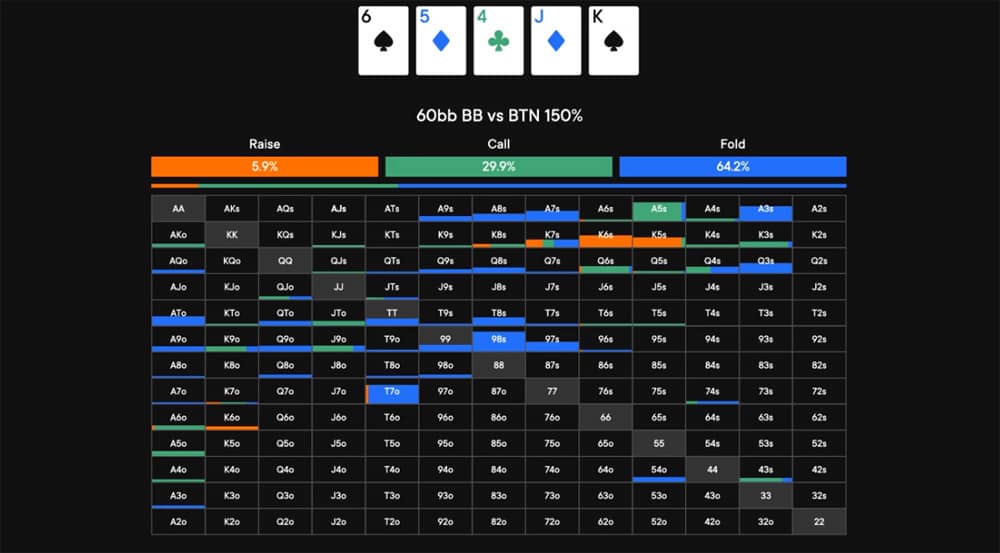
When it comes to calling on the river, he touches upon an important subject of choosing hands that aren’t likely to block the opponent’s bluffs.
This may seem a bit abstract at first glance but, once again, after hearing Fedor Holz poker strategy analysis, you should have no problems understanding this idea and successfully implementing it into your game plan.
The other situation covered in this section is river probes, i.e., scenarios where the turn was checked through. It opens the door for a probe bet but you should base your decision on the river card and the overall range of the IP player.
Fedor Holz goes through different river cards on specific board textures to explain how these influence your decision-making process.
After watching these videos, you’ll know when to bet into the original raiser on the river once they skip on the turn c-bet, and when you should not be taking this opportunity.
Additional Fedor Holz Strategy Tips: 3-bet Pots, Blind vs. Blind & Multiway Play
The rest of the lessons in the postflop section covers strategies for 3-bet situations, blind vs. blind play, as well as handling multiway pots. These are three large categories that deserve special attention, and Fedor treats them as such.
The 3-bets section is split into two main groups, playing in and out of position. As you might know already, there is a huge difference between the two, and that’s especially true for 3-bet pots. With a lot of money going into the middle before the flop, these spots can be quite hard to navigate.
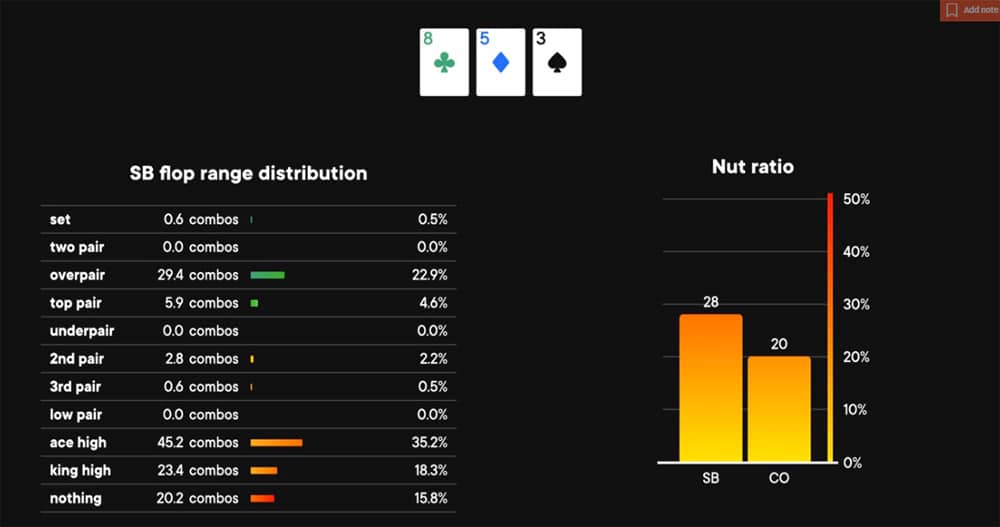
In these videos, Fedor Holz goes through different types of boards and analyzes how each texture corresponds with your perceived 3-betting range.
According to these textures, you can define when to continue after the flop and what sizing to choose for your c-bet. Of course, stack depth considerations are an important piece of the whole puzzle as well.
The blind vs. blind section covers what Fedor Holz (rightfully) calls one of the toughest spots in poker, i.e., playing blind vs. blind. In this group, there are three lectures, in which Holz tries to give you the foundation upon which you can further build your strategy:
- Limped pots
- Isolating vs. limp
- Raising from the small blind
If you’ve gotten this far, you are probably used to the way these videos are presented. As I already mentioned in this Pokercode review, he looks at the same board textures from earlier lessons but observes them from a different perspective.
Your ranges change significantly based on what action you choose from the blinds. Thus, your play on different board textures needs to be adjusted.
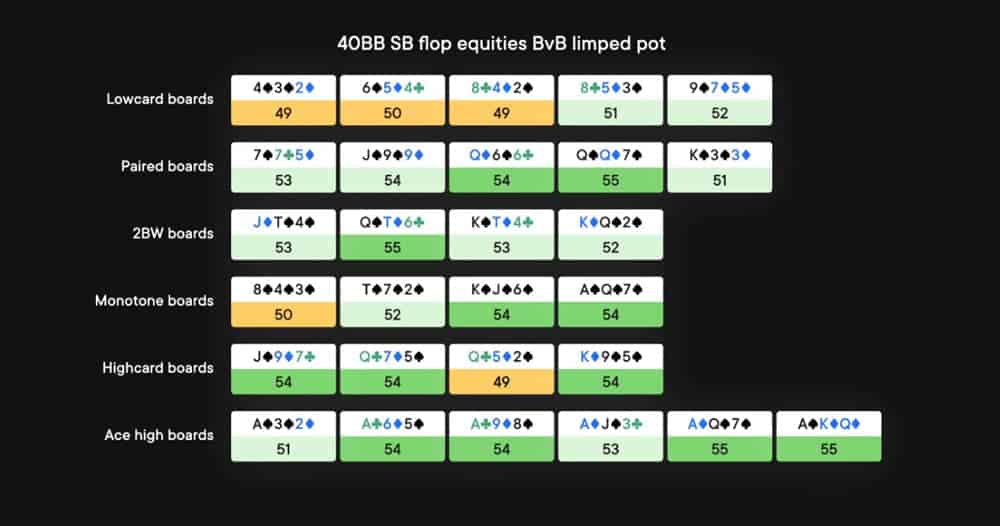
Although you’ll get graphs and visual representations of everything that’s being discussed, the goal isn’t to try and learn it all by heart.
Instead, like the rest of the Pokercode course, it tries to provide you with the right mind-frame for these situations. When you’re playing from the blinds, you’re going to be playing with wide ranges, covering a wide variety of boards. So, Holz explains how this translates into our game-play plan once the flop is out.
Finally, in a few short videos, Fedor Holz talks about multiway pots. Although there is no detailed analysis of these spots, the course presents some very solid fundamentals.
The important thing is to understand the baseline and then make adjustments based on your opponents and other important factors.
Although you’ll be getting better odds, your equity will take a hit because of multiple opponents. So, it’s important to understand what kind of hands you should play, and when you should fold holdings that can often be dominated by others.
Fedor Holz Poker Strategy: “Start Crushing Now”
The final section of the Pokercode course addresses several additional topics that you’ll need to understand as a tournament player, especially ICM and preparations away from the table. In this section, Fedor also addresses the live play and analyses a few example hands to wrap things up.
ICM strategy
If you’ve been playing tournaments or are just looking to get started, understanding the ICM poker strategy is a must. Fedor Holz actually provides a very good explanation of the Independent Chip Model (ICM).
He starts with basics, explaining how the value of chips works in tournaments. Then, he moves on to explain how ICM should influence your decisions both before and after the flop.
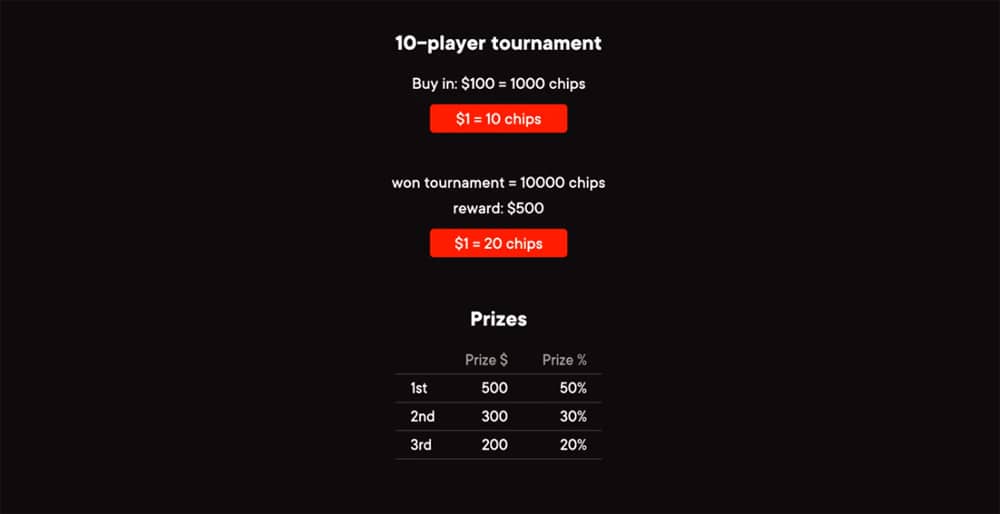
Finally, he also talks about the faults of ICM as this isn’t the perfect system. The model doesn’t cover everything, so it’s important to use it more as a guideline than the absolute truth.
For example, ICM doesn’t cover future play and skill. So, this is something you need to account for on your own and tailor your decisions accordingly. Sometimes, for example, it can be worth it to take more risks to eliminate a very strong player, etc.
Live Play
As many of you might know, live games can be a completely different beast to online play. Many considerations come into play here that don’t necessarily exist in online tournaments.
As an experienced live player, Fedor Holz talks about things such as exploiting players, spotting and masking tells, and utilizing your image.
That being said, this section is quite small, and if you are someone who is playing live, you will probably want to get more info for this particular section.
Off the Tables
Being a top-level poker player takes a lot of hard work and dedication. A lot of it happens away from the tables. In one of the final sections of his Pokercode, Fedor Holz takes time to address these routines and how they can help you grow as a player.
Many of you already have some ideas about this particular area. It’s important to have a positive attitude, prepare for the games ahead of time, and manage your bankroll correctly. Even though it sounds simple in theory, it can be quite hard actually to implement it day after day.
Listening to one of the game’s best talk about these things is worth it. It is no secret that Fedor Holz worked with some of the top mindset coaches out there, so he also has this aspect of the game covered very well.
If you want to know what he does to stay motivated, keep his energy levels high, and constantly perform at the highest level, you’ll find out in these videos.
Fedor Holz Poker Course: Practical Play
To wrap things up, Fedor Holz takes a couple of hands to break down in detail and analyze them using concepts and ideas explained throughout the Pokercode coaching program.
Although there are only a couple of hands covered in this section, the idea behind this is so you can see different concepts in actions. Should there be anything you don’t quite understand, you can easily go back to the lesson covering it and re-watch it.
Pokercode Cash Game Course by Steffen Sontheimer

Pokercode has built upon its initial foundation to add an entirely new course aimed at cash game players. The platform started off targeting solely those interested in MTTs but has come a long way since.
If cash games are your cup of tea, there is a lengthy course presented by Steffen Sontheimer giving you all the tools you need to advance your career.
The first few videos of the Pokercode Cash Game course cover some important basics, explaining how to get the most out of the content and inviting you to get involved in the community.
The focus is on the step-by-step process and evolving along the way, with the help from Steffen but also by discussing ideas with your “classmates,” i.e. other users on the same journey.
Once again, there is the sense of engagement right from the start. It’s clear that Sontheimer doesn’t want to make any promises he can’t keep, but rather aims to create a learning environment where everyone can develop at their own pace.
General Approach & Structuring Your Ranges
The first few sections of the course focus on some of the necessary fundamentals. In the ‘General Approach’ section, Steffen talks about some overarching concepts in poker, such as the decision-making process, correct approach to studying the game, and more.
Here, he also talks about making money with poker and challenges that come with it. He doesn’t try to offer perfect solutions (as they may be different for everyone), but instead focuses on the community aspect once again and the importance of finding support within the community of likeminded individuals.
The next major topic covered here is memorizing your ranges. Clearly, this is a huge task and one that comes with a rather broad set of challenges.
Sontheimer shares with you his own approach to learning GTO ranges, from where to start to how to expand on these fundamentals.
Steffen shares some interesting thoughts and insights here that may help you if you’re new to the GTO and maybe worried that it’s all too overwhelming. Listening to his breakdown, you’ll understand that learning these ranges isn’t nearly as challenging as it may appear at first.
Preflop Training Ground
The next section of the Pokercode Cash Game course logically continues with preflop considerations. This section is split into two main parts:
- Raising first in
- Playing from the blinds
When it comes to raising, Sontheimer first talks about the sizing, i.e. figuring out what is the best size to open to and what are the main things to consider when coming up with the number, namely the odds you are giving to the big blind and how much dead money there is in the middle.
After these general concepts, Steffen goes through the charts for his opening ranges for every position at the table.
Additionally, this particular segment of the course also covers different exploits you should look into when deciding whether to open, how to size your opens, etc. These considerations will help make you more money with your raises.
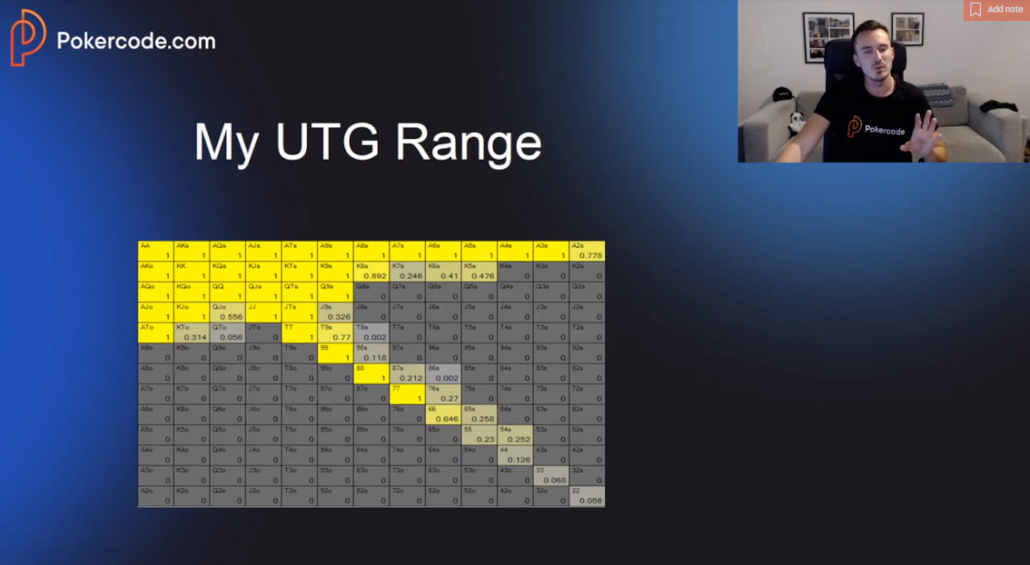
The second segment of the preflop section covers things from a different angle, i.e. talking about playing from the big blind. The first video covers the very fundamentals and problems when playing from this position.
Then, just like in the first part, Steffen talks about building your big blind defense range and how to best tackle this problem depending on the player you’re up against, their tendencies, skill level, etc.
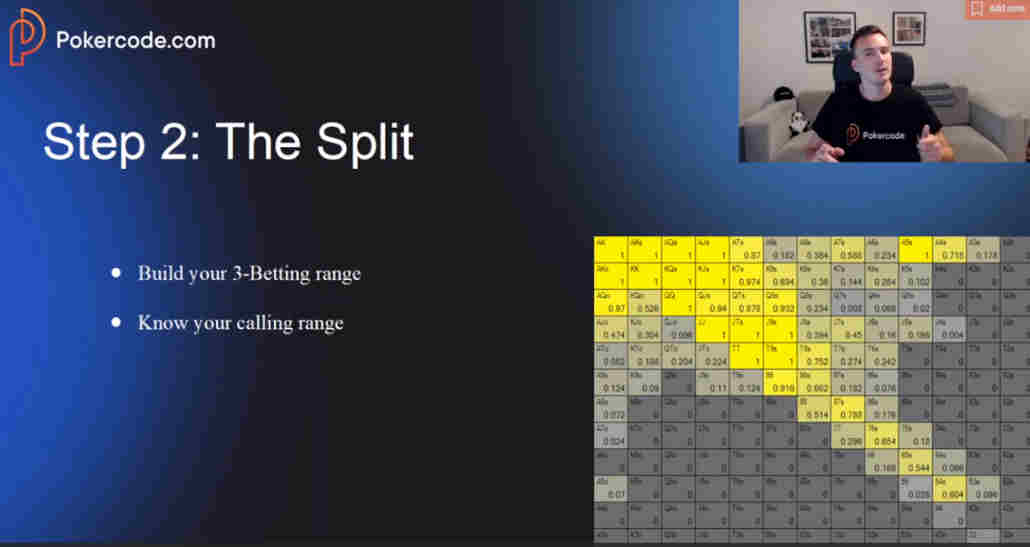
Of course, this is just a quick overview of what’s actually contained in the Preflop Training Ground section of the Pokercode Cash Game Area.
Overall, Sontheimer does a great job of explaining his thoughts and ideas in very clear and relatable terms. You don’t need to be a poker wizard by any means to take full advantage of these lessons.
Even if you’re completely new to the GTO play, after watching a few of these videos and hearing Steffen explain everything, you’ll have developed a very solid understanding of fundamental concepts and ideas behind them.
For more advanced players, Sontheimer does dig deep under the surface and covers numerous potential exploits and adjustments. Having these in your arsenal will help you do well even against a tough competition.
Postflop Training Ground
As with most poker courses, the postflop section of the Pokercode Cash Game Area is much more extensive as there is more ground to cover. It is divided into several main sections, namely:
- Playing the flop as the aggressor
- Playing 3-bet pots (in and out of position)
- Facing a c-bet out of position
- Probing from the big blind
- Blind vs. blind play
- Exploits and special lines
Having watched the first section of the course, you have a good idea of what to expect from these lessons in terms of structure.
Every individual section consists of several parts, covering fundamental concepts, talking about potential exploits, and addressing any other specific issues depending on the topic.
For example, in the first section, where Sontheimer talks about playing the flop as the aggressor, he covers a number of points, such as coming up with correct sizing depending on the board texture, ranges, etc.
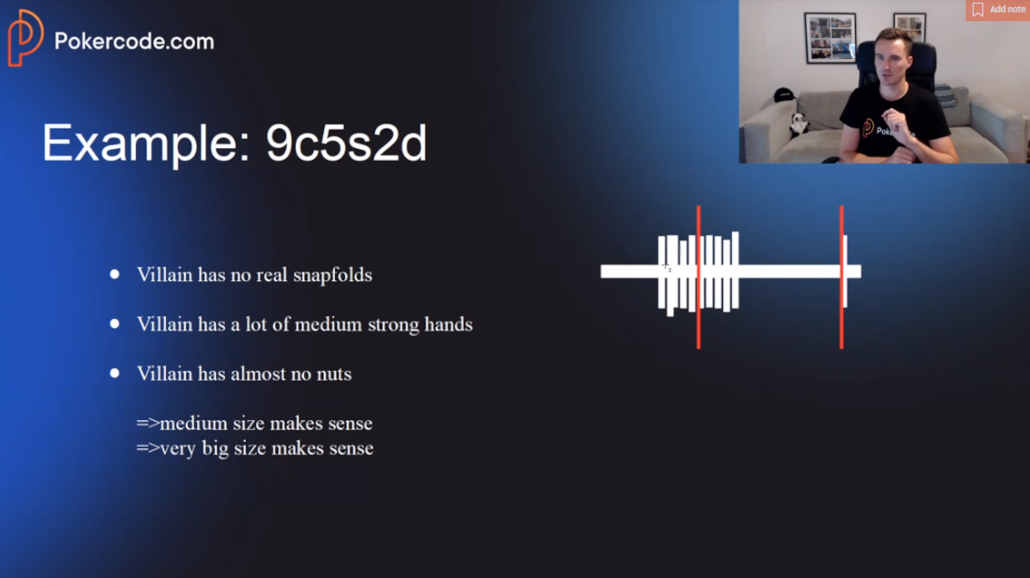
A lot of what’s being discussed in the postflop section draws back on the knowledge from the first part, so the course is best watched as presented. Jumping straight into the postflop section without watching preflop videos first can be quite confusing, especially for those relatively new to the game.
Many of the lessons also include live play examples and hand reviews. These videos will help you get a better grasp of theoretical concepts as you see them applied in real situations at the tables.
The sheer amount of lessons and materials available here is quite overwhelming, but that only makes the course even more valuable. Of course, you’ll need to invest some time into going through all these, but that’s true for any poker training program worth its salt.
Conclusion: Why Pokercode By Fedor Holz?
When all things are considered, is Pokercode by Fedor Holz worth investing money into? I’d say this platform has several things going for it that definitely make it worth the buy.
First of all, both courses are of great value. Fedor is one of the top tournament players and having access to his knowledge is simply invaluable for any serious player.
Sontheimer may not be as “big” of a name, but he is an experienced, winning cash game player who’s spent years studying the game and developing the best and most efficient learning systems that he now offers to all members.
Access to the Discord group is another huge point.
The ability to interact with the coaches in the program and bounce ideas off of other players in the program adds a lot of value to the whole proposition.
Live coaching sessions and fresh videos added on a regular basis make Pokercode a living, breathing platform, which means that the money invested actually increases in value as time goes by.
Finally, I do have to mention the Rangeviewer one more time, as this is such a neat tool to have. If you want to improve your preflop ranges and really get a solid grasp of this all-important segment of play, you’re going to love it.
There are many quality training programs out there and it’s an ungrateful task to try and judge the quality of the content itself given many of them are created by top-tier players like Fedor.
But, overall, Pokercode offers everything you could possibly need on your poker journey: great content with regular updates, live coaching sessions, around-the-clock access to the coaches and the community, and more!






